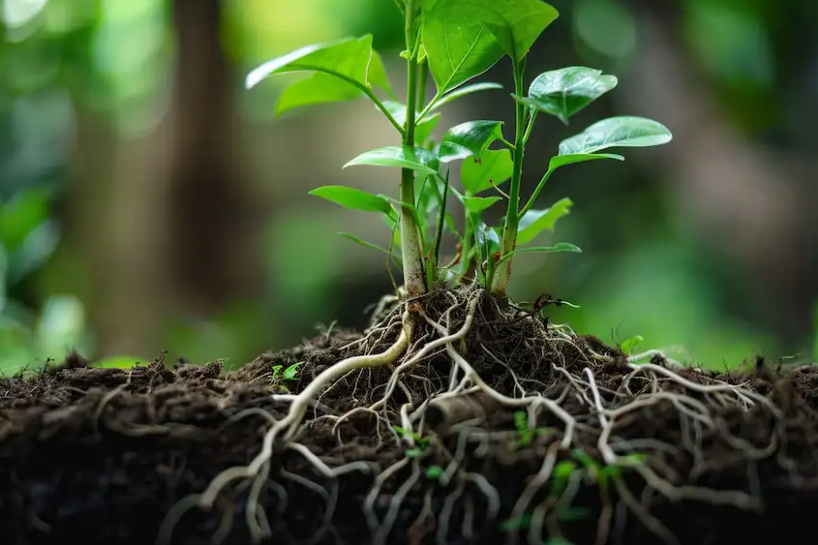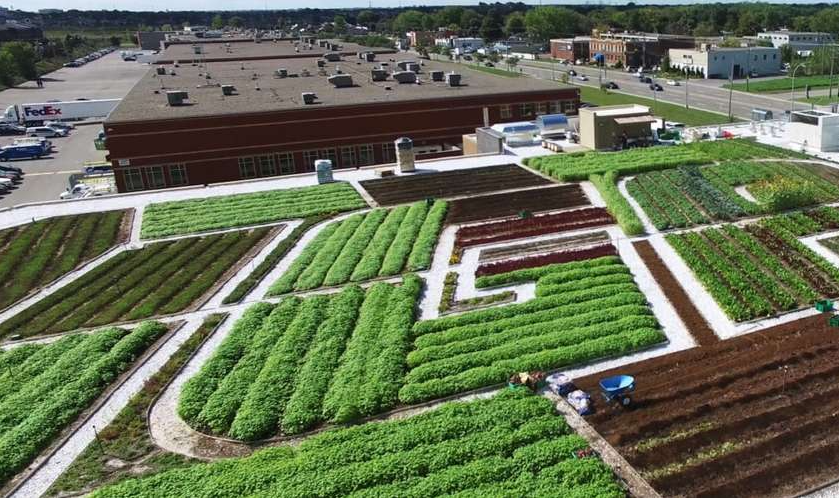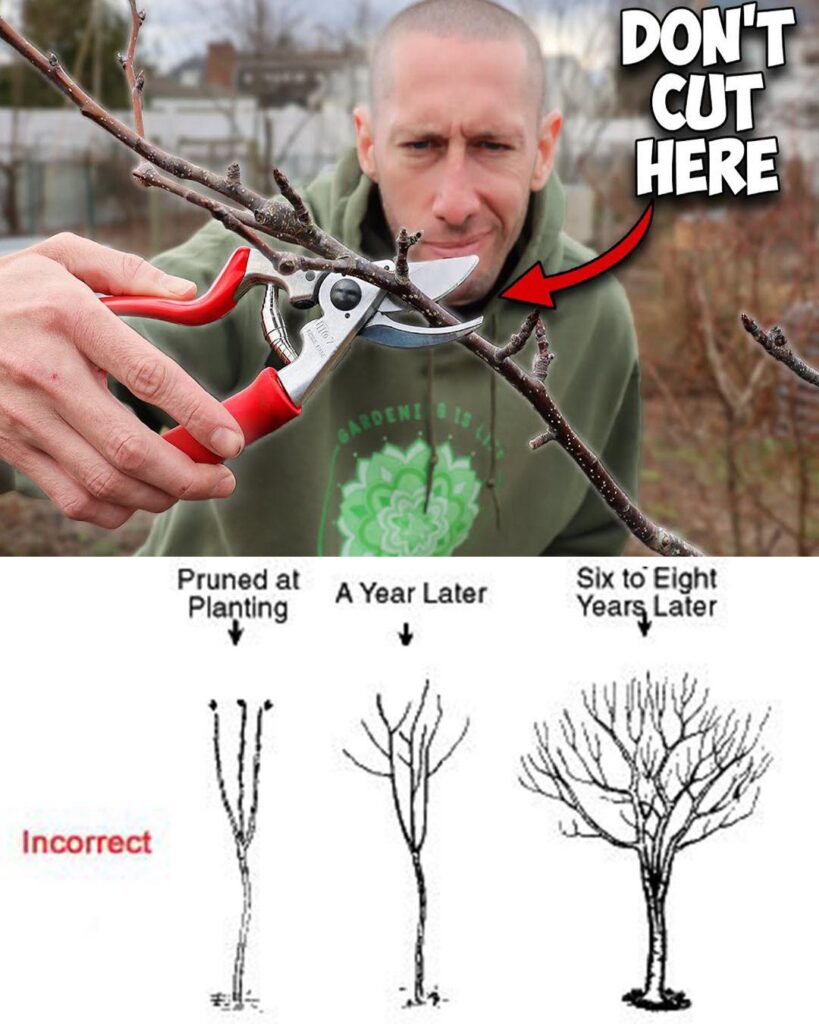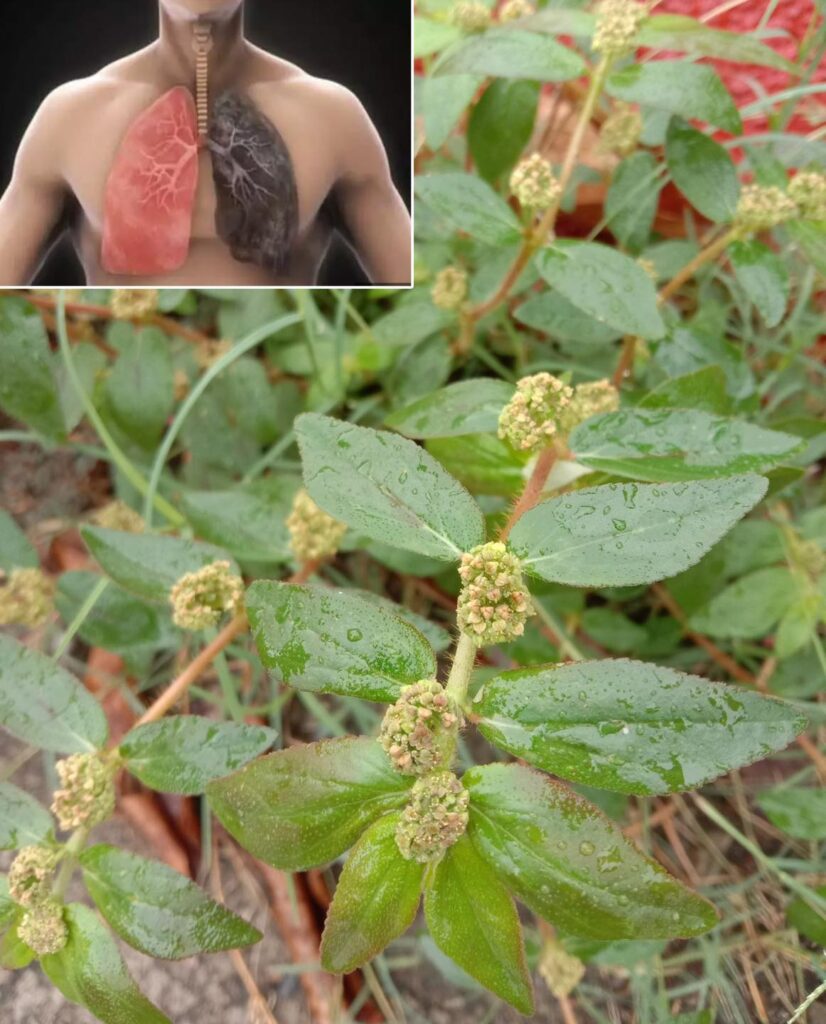For anyone who loves their garden or manages an orchard, ensuring the trees grow healthy and strong is a top priority. Trees are not just beautiful; they’re vital players in our ecosystem and agriculture, providing everything from fruit to shade and even helping combat climate change. But for trees to thrive, understanding the complex dance between their roots and how we feed them is crucial. Let’s delve into the world of root development and fertilization, focusing on how we can support our leafy friends throughout their lives.
The Foundation of Tree Health: Root Development
Think of a tree’s root system as its foundation, not just anchoring it physically, but also serving as the main channel through which water and nutrients from the soil are absorbed. As trees grow taller and their canopies spread wider, their roots mirror this expansion underground, stretching far beyond what our eyes can see. This invisible expansion is why understanding and catering to the root system’s needs is essential for a tree’s health and longevity.
Why We Need to Expand the Fertilization Area
Just like we wouldn’t water just one side of a plant, we need to ensure that fertilizers reach the entire root system of a tree. This means expanding our fertilization efforts beyond the visible boundaries of the tree, reaching out into the unseen areas where roots are quietly at work. This practice ensures that nutrients are evenly distributed, supporting the tree’s growth comprehensively.
Tailoring Fertilization Methods to Root Needs
- Broadcast Fertilization: This technique involves spreading fertilizer evenly over the soil surface across the root zone. It’s akin to casting seeds in a garden, ensuring that nutrients seep into the soil and reach the roots as water irrigates the ground. This method is especially beneficial for mature trees, encouraging their roots to continue exploring outward.
- Drip Line Application: Targeting the drip line—the area directly beneath the outer circumference of a tree’s branches—this method delivers nutrients to where many feeder roots are actively growing. It’s perfect for younger trees that are still establishing their root networks.
- Deep Root Fertilization: By injecting fertilizer deep into the soil, this technique ensures nutrients reach the roots directly, bypassing the challenges of soil compaction. It’s a boon for trees struggling to access the nutrients they need from the surface.
- Foliar Feeding: Though not a root-based method, spraying diluted fertilizer directly onto the leaves can provide a quick nutritional boost, addressing immediate deficiencies. It’s a supplemental technique, meant to enhance, not replace, root fertilization.
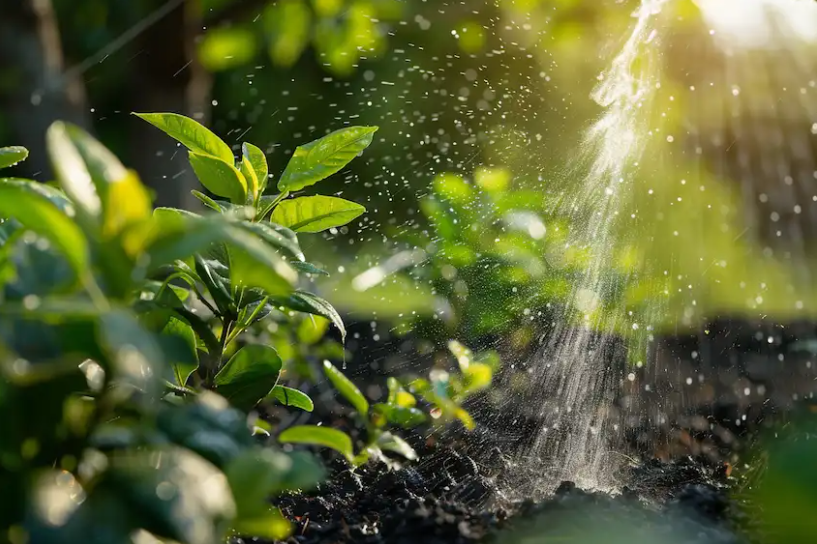
Best Practices for Effective Tree Fertilization
- Soil Testing: Before you begin fertilizing, test the soil. Understanding its composition and nutrient levels helps avoid over-fertilization, which can be detrimental to both trees and the environment.
- Seasonal Timing: Fertilize during the growing season, when trees are actively absorbing nutrients. Avoid late fall applications to prevent new growth that could be damaged by cold weather.
- Balanced Nutrition: Choose a fertilizer that provides a balanced blend of essential nutrients, tailored to your trees’ specific needs. This balanced diet supports overall health and growth.
By adopting these practices and understanding the unique needs of tree root systems, gardeners and orchard managers can ensure their trees not only survive but thrive. This careful, informed approach to fertilization supports the vital role trees play in our environment, making our green spaces healthier and more vibrant. So, next time you look at a tree, remember the unseen network beneath it and consider how you can support its underground quest for nutrients.
